Direct instruction is the part of the lesson where the teacher explicitly teaches the content. It is before guided practice and independent practice. Usually during guided and independent practice is where it is easy to use student engagement strategies. But what about direct instruction? Isn’t that just where the teacher talks? Well… There are simple strategies that teachers can use during direct instruction to engage students. In this post, I am sharing simple ideas for student engagement during direct instruction.
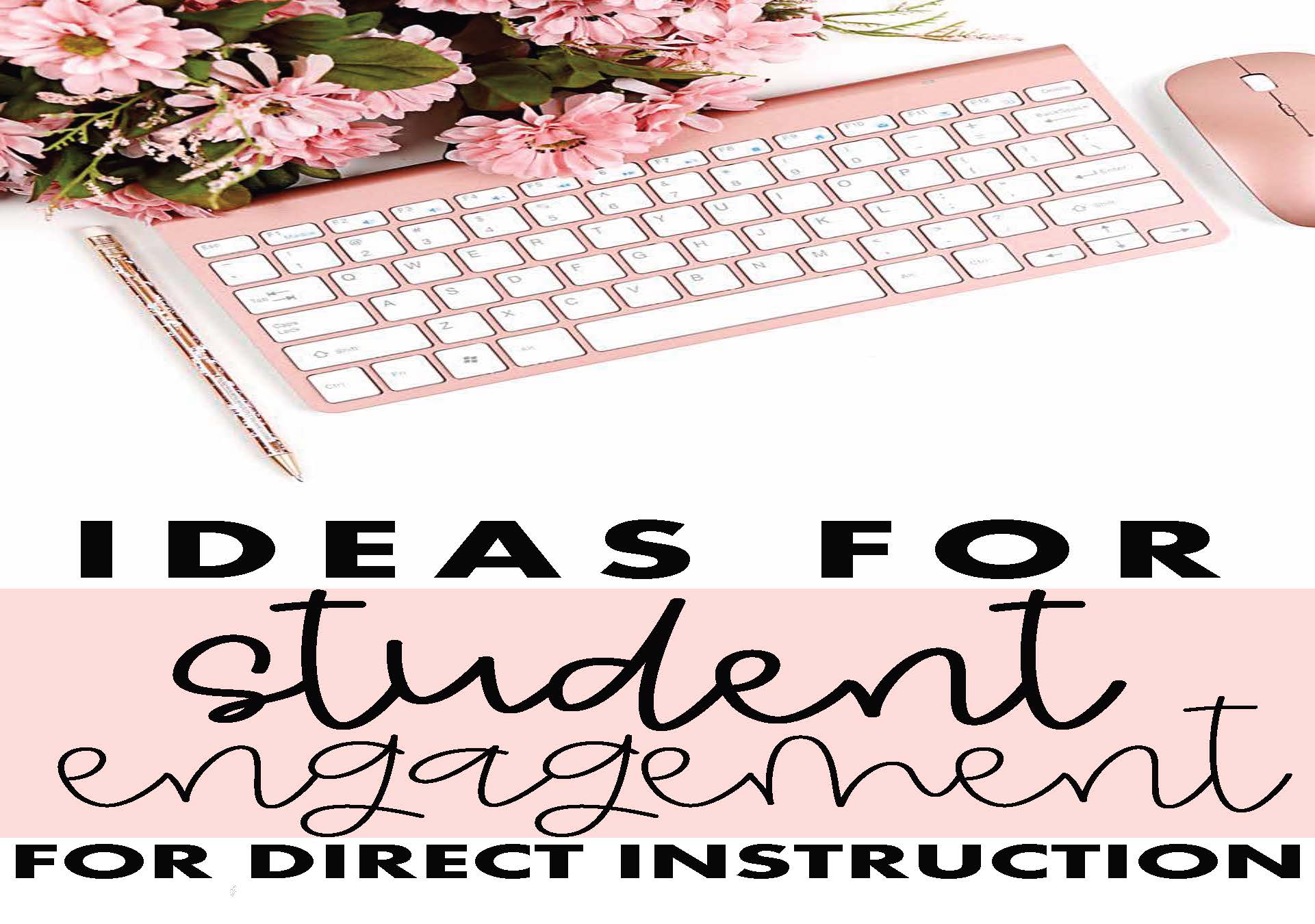
Ideas for Student Engagement:
Show your Passion:
This first idea for student engagement is so, so important but can make the biggest impact. Show your passion! What can your students tell about your attitude towards the content subject? Can they see that you genuinely love it? My students know that I love teaching addition and subtraction strategies because we make connections through those strategies. Each of our brains are different. So by learning multiple strategies we get to pick the ones to use that makes the most sense to us! You can bet I tell my students over and over again how much I like them, because the more enthusiasm I show, I know the more they will have.
Bring in Songs and Chants:
Children naturally remember songs and chants. Try putting the important facts or processes of a lesson to the tune of a common nursery rhyme. Students eat this stuff up! Not only does it help them remember, but it is a change from just hearing the teacher’s voice. Everyone is involved and engaged as they are singing.
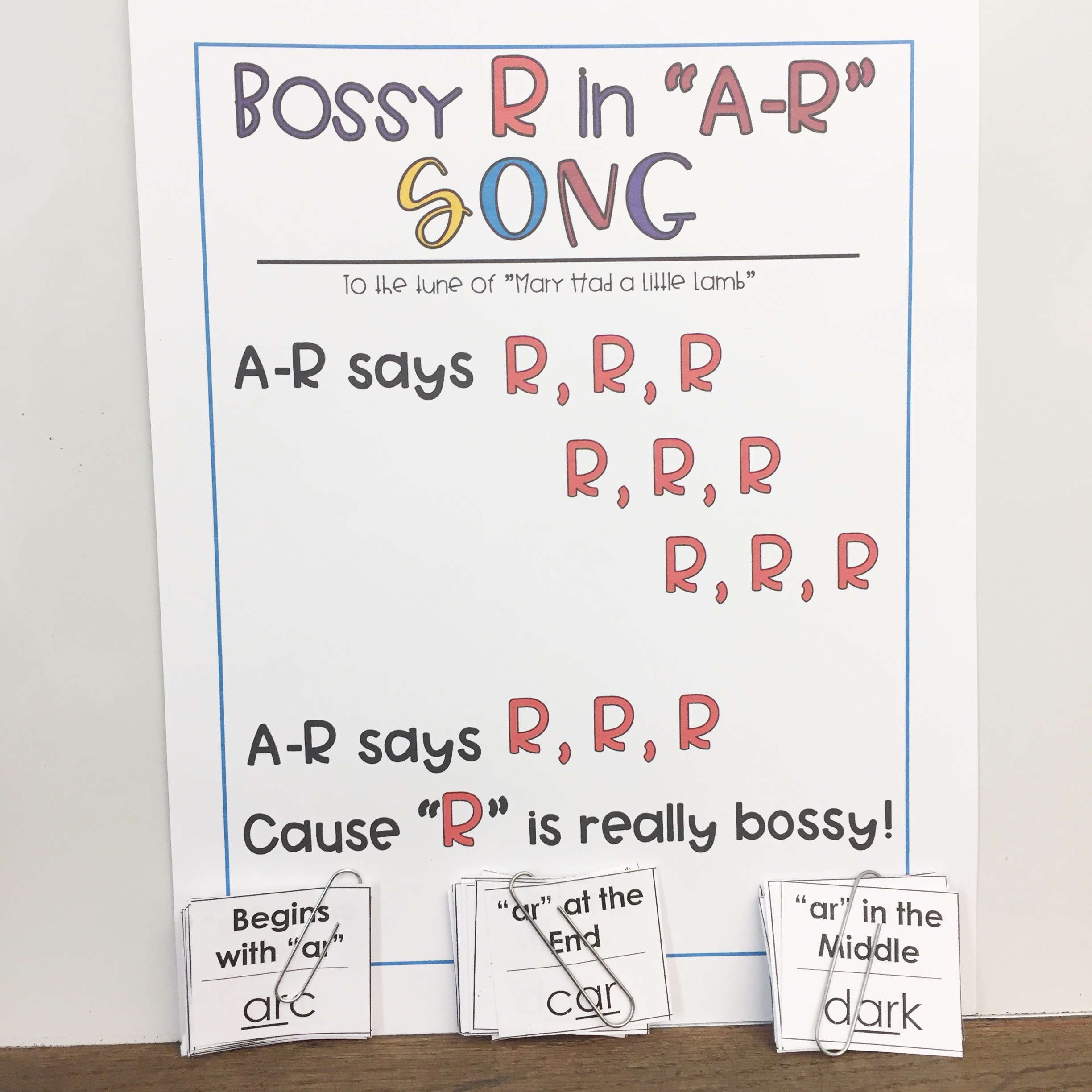
Here is a song I made up for my class to remember the sound that “ar” makes in words. It’s part of my “ar” Word Sorts Activities resource.
Tell Stories:
The best speakers always tell stories to prove their point. Tell a story about you learning the subject in school. Or tell a story about a famous person that goes along with the content. Help the students picture something in their heads. The truth is, stories stick. So use this idea for student engagement more in direct instruction!
Bring in Humor:
Kids love being silly and they laugh so easily! That’s one reason why teaching is so fun! So bring in humor into the direct instruction portion of your lesson. Help students remember the short u sound by sound it’s the first sound in underwear. They won’t forget because it is funny to them! I like to say words in a funny way in my lessons. For example when we were working on addition equations like 4 + _ = 7, I would always say, “4 plus some’pin equals 7. What’s that some’pin?” The students loved it and would chime in saying “something” in a funny way. It kept their focus on the lesson and got them involved.
Add Visuals:
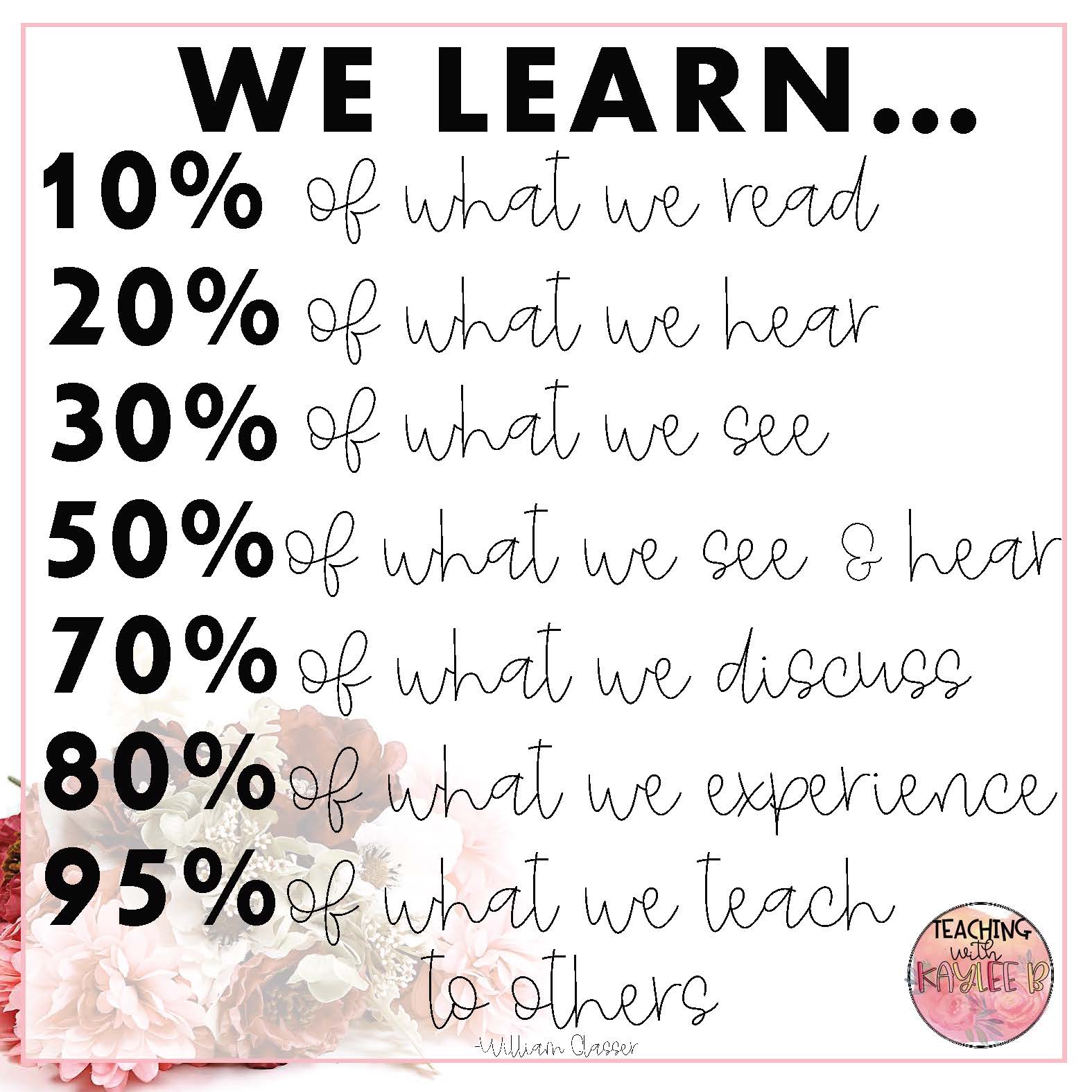
We learn 20% of what hear. We learn 30% of what we see. We learn 50% of what we see and hear. So bring in more visuals! Make an anchor chart with your students as part of direct instruction. Have a poster or a chart up to help aid in the lesson. Show a picture from the internet or a video. Images stick in our heads more than words alone. Try to have at least one visual in every lesson and see how it does wonders.
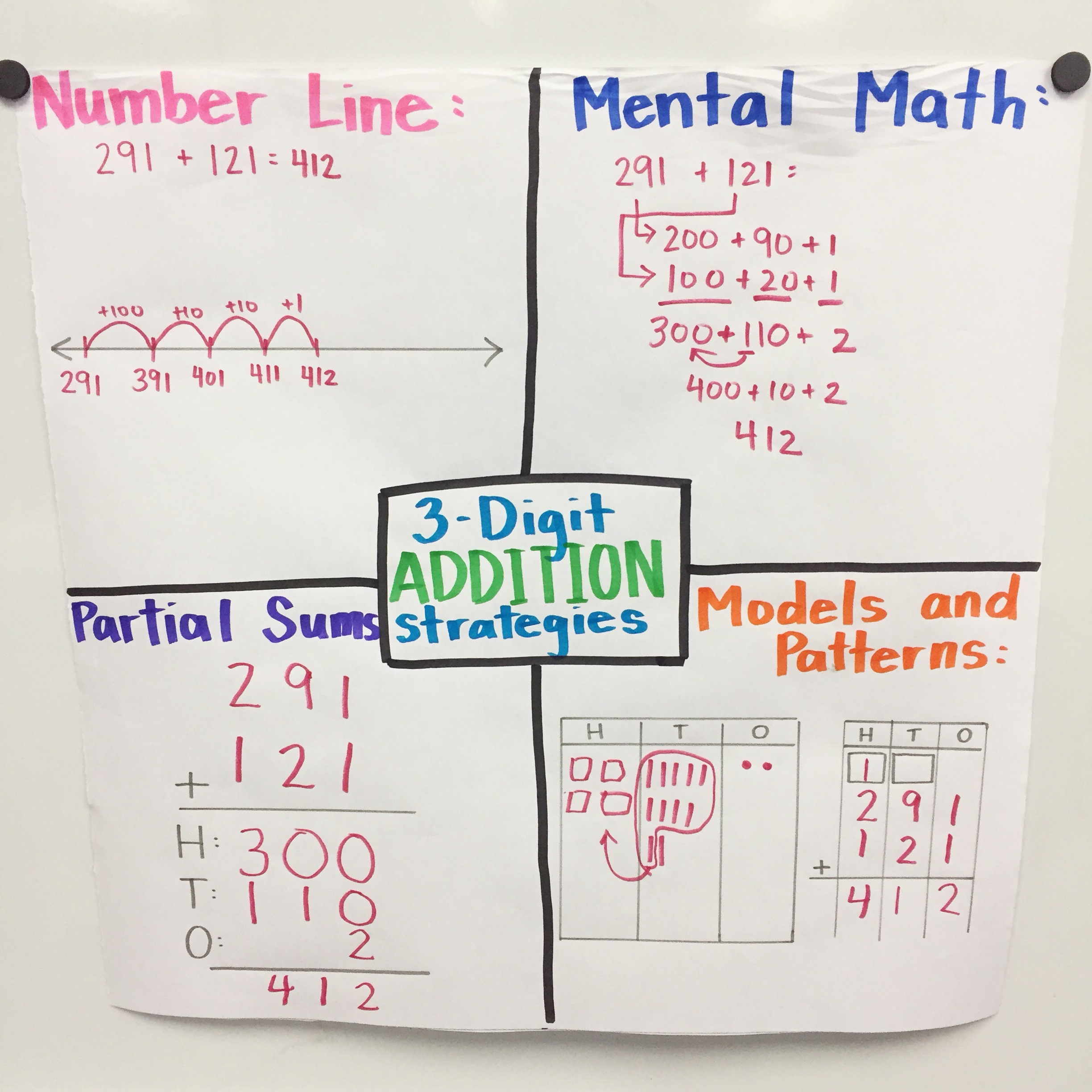
Here is an anchor I made with my students as part of our direct instruction. Students were able to reference and use it during guided practice and independent practice.
Use Examples/Non-examples:
It’s great for students to see examples in a lesson. For example, if you are teaching the phonics pattern of “ar” show them lots of examples or “ar” words. But also let them see non-examples. Tell your students to stand up if they hear the “ar” sound and say words with “ar” and without.
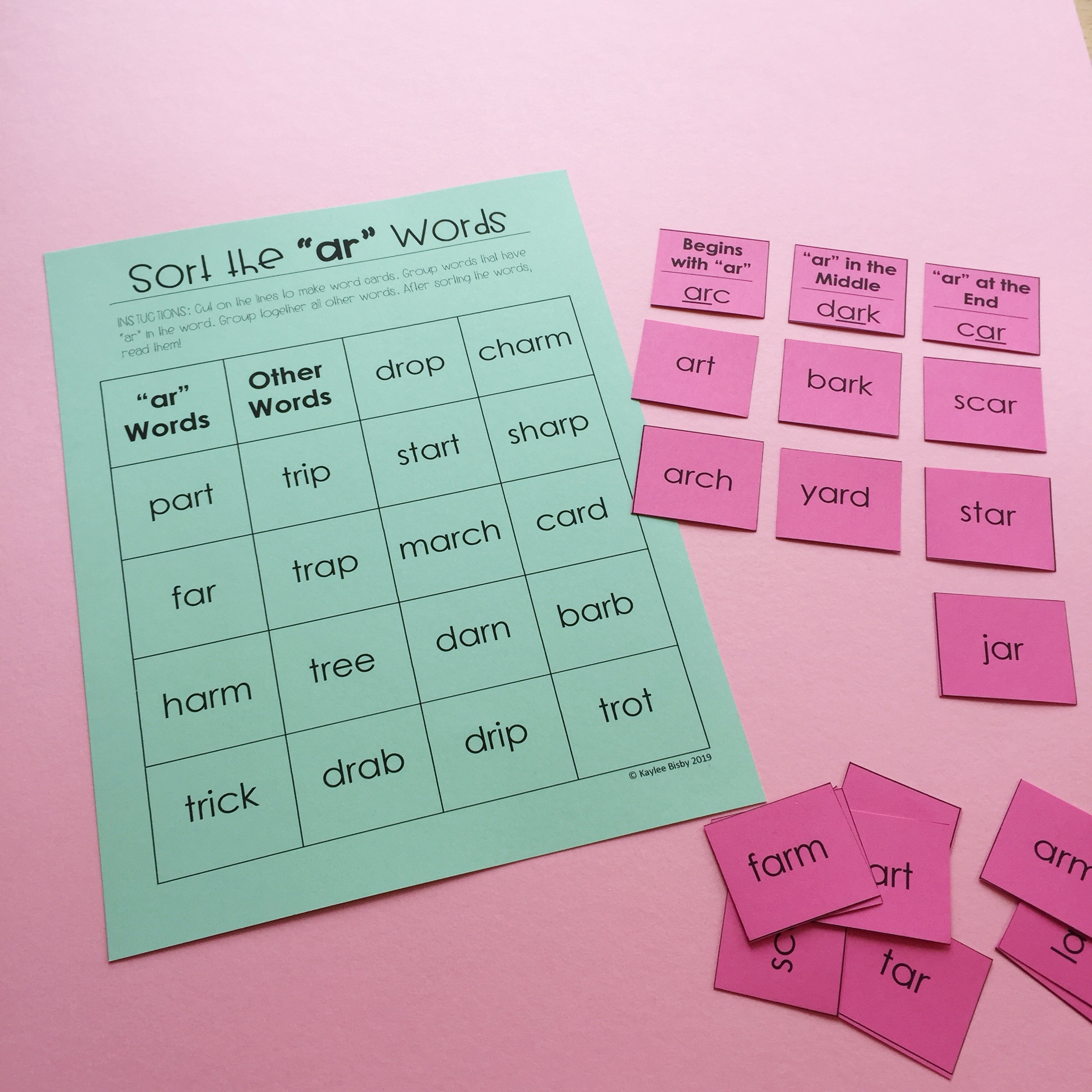
Using examples and non examples during direct instruction, makes it easier to transitional to these kind of student engagement activities for guided practice and independent practice. These are words sorts I use in my classroom. Find them here.
Using examples and non-examples also works great with learning new vocabulary. After learning the definition of words we often are good at giving examples. But tell your students you are going to list off some scenarios. If the scenario matches the word, have them stand up. If the scenario does not, have them sit down.
You can also make using non-examples into a fun game. I usually do this in math, I have go about solving the problem, but I make mistakes and have the students correct me. They love this! And it helps them see common mistakes to avoid.
Turn and Talk
Talk less and have your students talk more. If you have been teaching and talking for a couple minutes, ask a quick question to your students. If you ask it to the whole class you will get a few hands. But if you have students turn to their neighbor and talk, everybody is now engaged! It’s a great change of pace if you feel like you are losing student’s attention. Turn and Talk works best if you teach it as a routine in your lessons. Find my classroom routines and procedures editable powerpoint here.
I hope that you have found these ideas for student engagement during direct instruction. They are simple but can make a big difference! They are quick student engagement ideas for busy teachers! Looking for other engagement strategies to help during guided practice or independent practice? Check out this blog post: 4 Amazing Student Engagement Strategies
Getting students engaged in lessons doesn’t have to be over the top or time consuming. Looking for more ideas how to engage students in lessons? I’ve created a free workbook for teachers called The 7 Steps to an Engaged Classroom. Download your free digital copy here.

